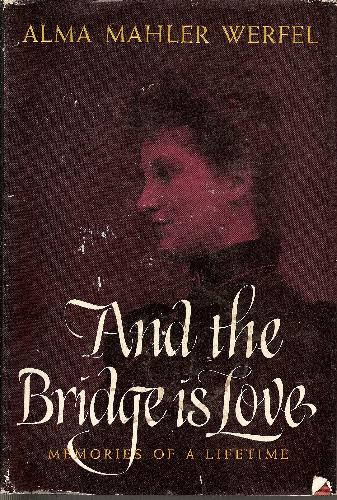Helmut Gruber: Red Vienna: Experiment in Working-Class Culture, 1919-1934 (1991)
Filed under book | Tags: · 1920s, 1930s, austria, city, communism, labour, marxism, politics, socialism, urbanism, vienna

“From 1919 to 1934, the Socialist government in Vienna sought to create a comprehensive working-class culture, striving to provide a foretaste of the socialist utopia in the present. In Red Vienna, Gruber critically examines the impact of this experiment in all areas of life, from massive public housing projects and health and education programs to socialist parades, festivals, and sporting events designed to create a ‘new’ working class.”
Publisher Oxford University Press, 1991
ISBN 0195069145, 9780195069143
x+270 pages
Reviews: Mark Emanuel Blum (Central European History, 1992), George V. Strong (History of European Ideas, 1993), William D. Bowman (Journal of Social History, 1993), Alfred Diamant (American Historical Review, 1993), J. Robert Wegs (Austrian History Yearbook, 1993), Karen J. Vogel (American Political Science Review, 1993), Albert Lindemann (International Labor and Working-Class History, 1993).
PDF (12 MB, updated on 2021-4-22, via Libcom.org)
PDF (6 MB, added on 2021-4-22, via ZLibrary)
See also Eve Blau’s The Architecture of Red Vienna, 1919-1934, MIT Press, 2000 (PDF, 18 MB)
Comment (0)Alma Mahler Werfel: And the Bridge is Love (1958)
Filed under book | Tags: · art, biography, music, vienna

Alma Maria Mahler Gropius Werfel was a Viennese-born socialite well known in her youth for her beauty and vivacity. She was married, successively, to composer Gustav Mahler, architect Walter Gropius, and novelist Franz Werfel. Musically active from her teens, she was the composer of at least seventeen songs for voice and piano. In later years her salon became an important feature of the artistic scene, first in Vienna, then in Los Angeles. (from Wikipedia)
Written in collaboration with E.B. Ashton
Publisher Harcourt, Bruce and Company, New York
312 pages
Commentary (Samuel Lipman, New Criterion, 1983)
PDF (40 MB, no OCR)
Comment (0)Allan Janik, Stephen Toulmin: Wittgenstein’s Vienna (1973)
Filed under book | Tags: · architecture, art, city, history, language, music, philosophy, vienna, vienna circle

“The central figure in this portrait of a crumbling society giving birth to the modern world without realizing it was Wittgenstein, the brilliant and gifted young thinker whose great book remains the key to modern thought and who went on to influence a whole generation of English thinkers, artists and scientists.
As a portrait of a man, this book is superbly realized. It is even better as a portrait of the age and milieu in which our modern ideas were born–not only in philosophy, but in art, music, literature, architecture, design and style.”
Publisher Simon and Schuster, New York, 1973
A Touchstone Book
ISBN 0671217259, 9780671217259
314 pages
Review: Barry Seldes (H-Net, 1996).
Wittgenstein’s Vienna (English, 1973)
La Viena de Wittgenstein (Spanish, trans. Ignacio Gomez de Liaño, 1998; removed on 2017-10-3 upon request of publishre)

